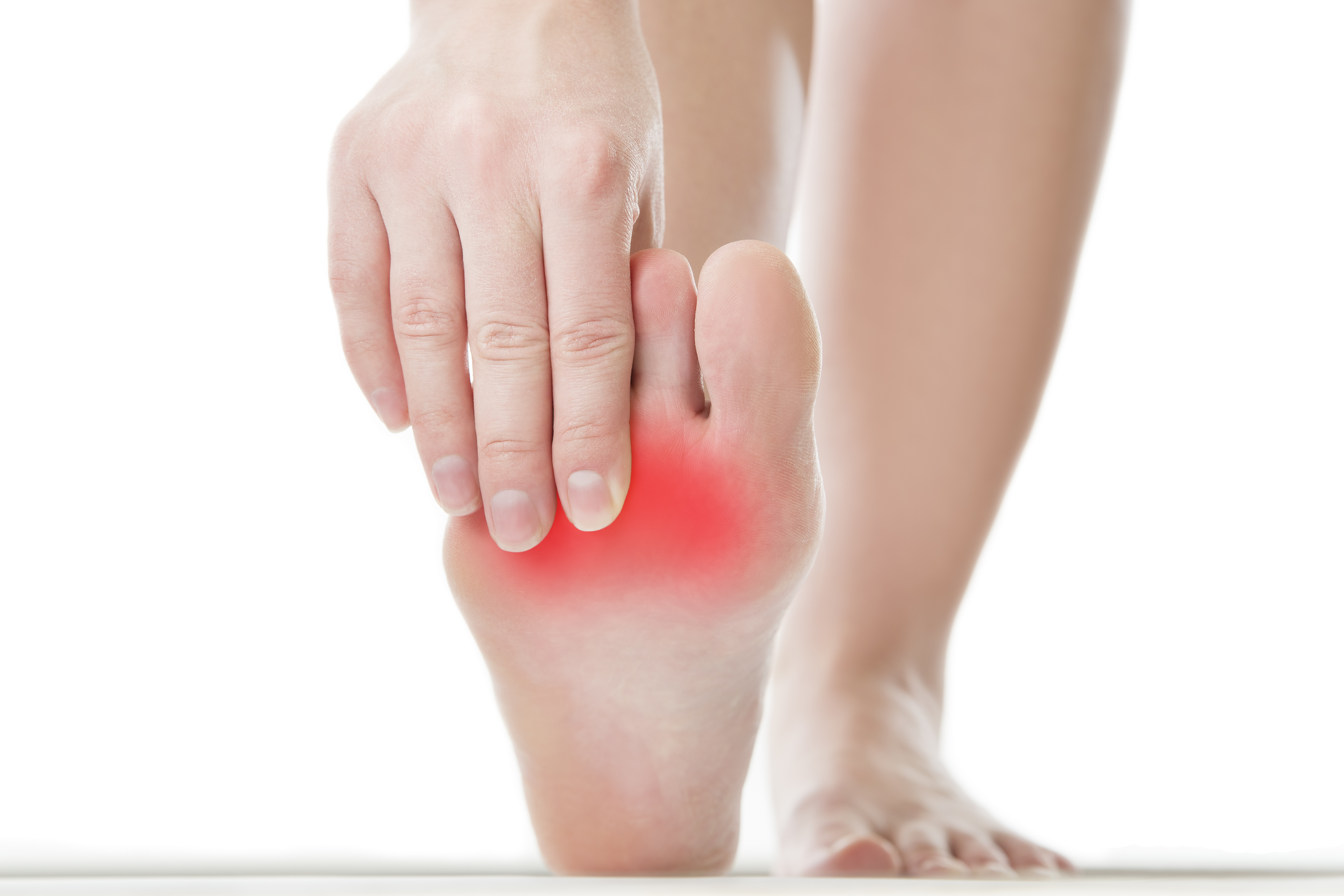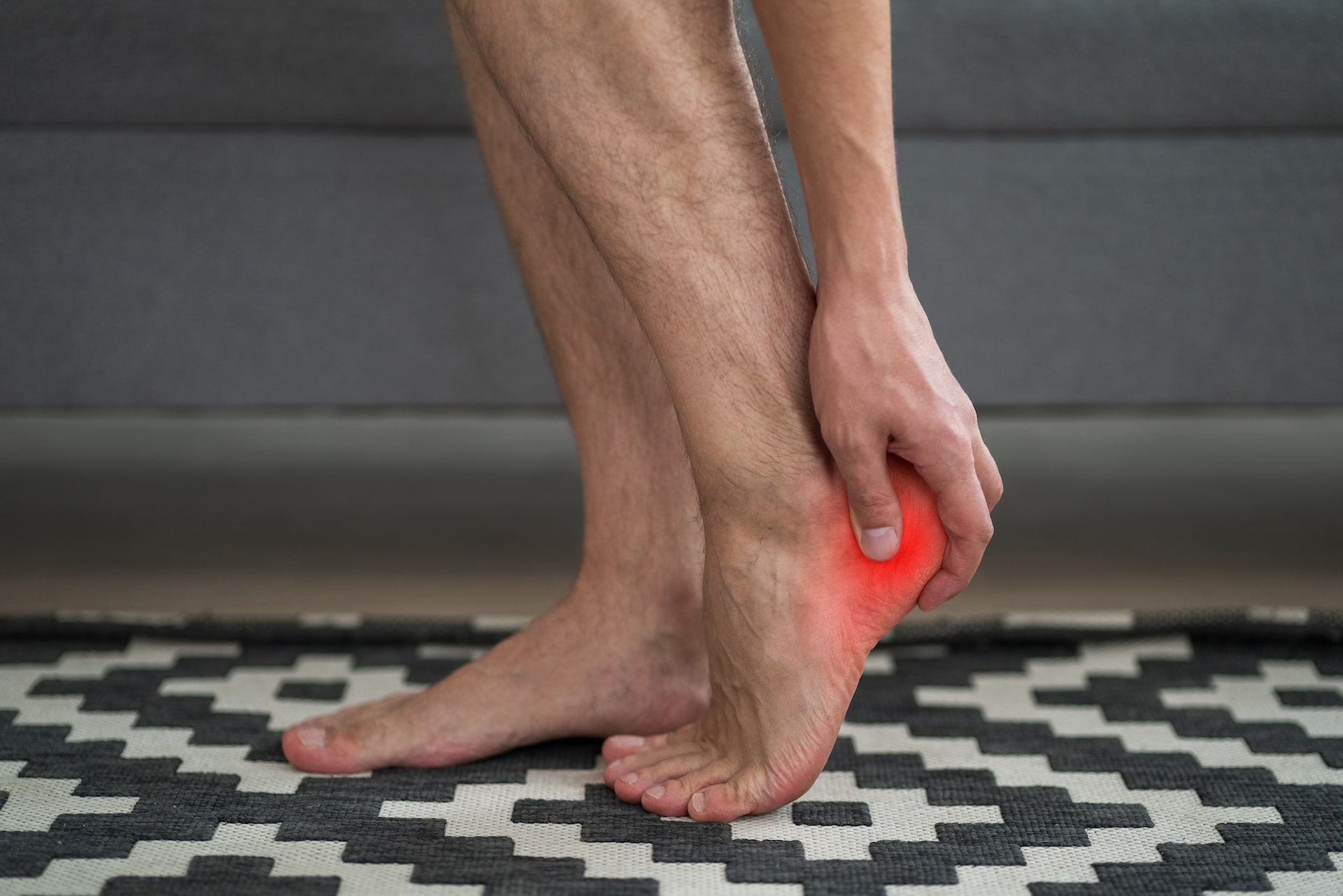
Symptoms of Metatarsalgia
-
Aching or burning pain
-
Sharp, shooting pain
-
Feeling like you’re walking on a pebble
-
Numbness or tingling in the toes
Treatment for Metatarsalgia
Certain activities and conditions can make you more susceptible to metatarsalgia. If you are overweight, are a distance runner, or play high-impact sports your feet may suffer. Certain foot conditions like hammertoes, bunions, or neuromas can contribute to metatarsalgia as well. A high arch or having a second toe that’s longer than the big toe can cause more weight than normal to be shifted to the ball of the foot causing pain. Finally, stress fractures and poorly fitting shoes (small toe boxes, and lack of support and padding) can also exacerbate problems. Try these options for relief:
Rest and Elevation – This may mean you have to avoid playing your favorite sport if it involves high-impact activities and switch to something less strenuous for your feet like swimming or cycling.
Apply Ice – Ice the area for about 20 minutes at a time, several times a day.
Take an OTC Pain Reliever – Over the counter pain reliever like ibuprofen (Advil, Motrin IB, others), naproxen sodium (Aleve) or aspirin will help with pain and inflammation.
Choose Comfortable Shoes – Avoid high heels or any shoes that feel too tight or too loose on your foot.
Use Metatarsal Pads – These pads are designed to fit on the ball of the foot to provide a cushion. They are available off-the-shelf.
Try Arch Supports – If insoles or metatarsal pads don’t help, arch supports may minimize stress on the metatarsal bones and improve foot function. You can buy arch supports over-the-counter, or we can custom fit them.



